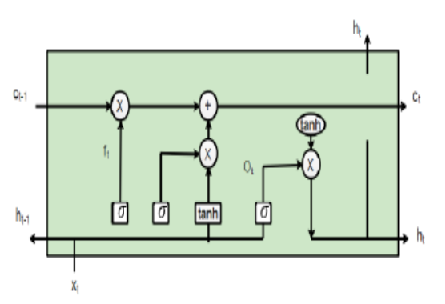


Indian Journal of Science and Technology
Year: 2024, Volume: 17, Issue: 2, Pages: 184-193
Original Article
Rakshitha Prabhu1*, Chandrashekara Seesandra Nashappa2
1Department of Computer Science and Engineering, S.J.C. Institute of Technology, Chikkaballapur, Karnataka, India
2Department of Computer Science and Engineering, C. Byre Gowda Institute of Technology, Kolar, Karnataka, India
*Corresponding Author
Email: [email protected]
Received Date:28 October 2023, Accepted Date:13 December 2023, Published Date:12 January 2024
Objectives: To design an effective sentiment analysis model for interpretation of polarities in the text, that remains a challenging task while classifying the sentiment of tweets. Methods: This research proposes Aspect-Based Sentiment Analysis (ABSA) model which effectively retrieves the original contextual meaning of the text and helps in effective text categorization. The feature extraction is performed using Bag of Words (BOW) and Time-Frequency – Inverse Document Frequency (TF-IDF). The extracted features undergo the process of aspect-based sentiment analysis, which mines out the set of aspects to determine polarity of the text. Finally, the contextual words are classified using Long-Short Term Memory (LSTM), to determine the polarity as positive, neutral and negative. Findings: The experimental results show that the proposed ABSA with LSTM offers better results in classification accuracy with 93.54% which is relatively higher than the existing techniques by name of Stochastic Gradient Descent optimization based on Stochastic Gate Neural Network (SGD-SGNN) and Binary Brain Storm Optimization and Fuzzy Cognitive Maps (BBSO-FCM) which attained the accuracies at 90.67% and 88.71% respectively. Novelty: The ABSA is implemented to extract the set of aspects and determine polarities of the tweet obtained from extracted features. In aspect-based extraction, every individual token is labeled with contextual embedding, Part-of-Speech (PoS) embedding and embedding based on dependencies. The syntactic presentations at the finalized stages are improvised by combining the hidden features, appeared PoS states and the states based on dependencies. Thus, the proposed approach helps to minimize the complexity while classifying the sentiments using LSTM.
Keywords: Tweets, Twitter Data, Aspect-based sentiment analysis, Bagof word, Long-short term memory
© 2024 Prabhu & Nashappa. This is an open-access article distributed under the terms of the Creative Commons Attribution License, which permits unrestricted use, distribution, and reproduction in any medium, provided the original author and source are credited. Published By Indian Society for Education and Environment (iSee)
Subscribe now for latest articles and news.